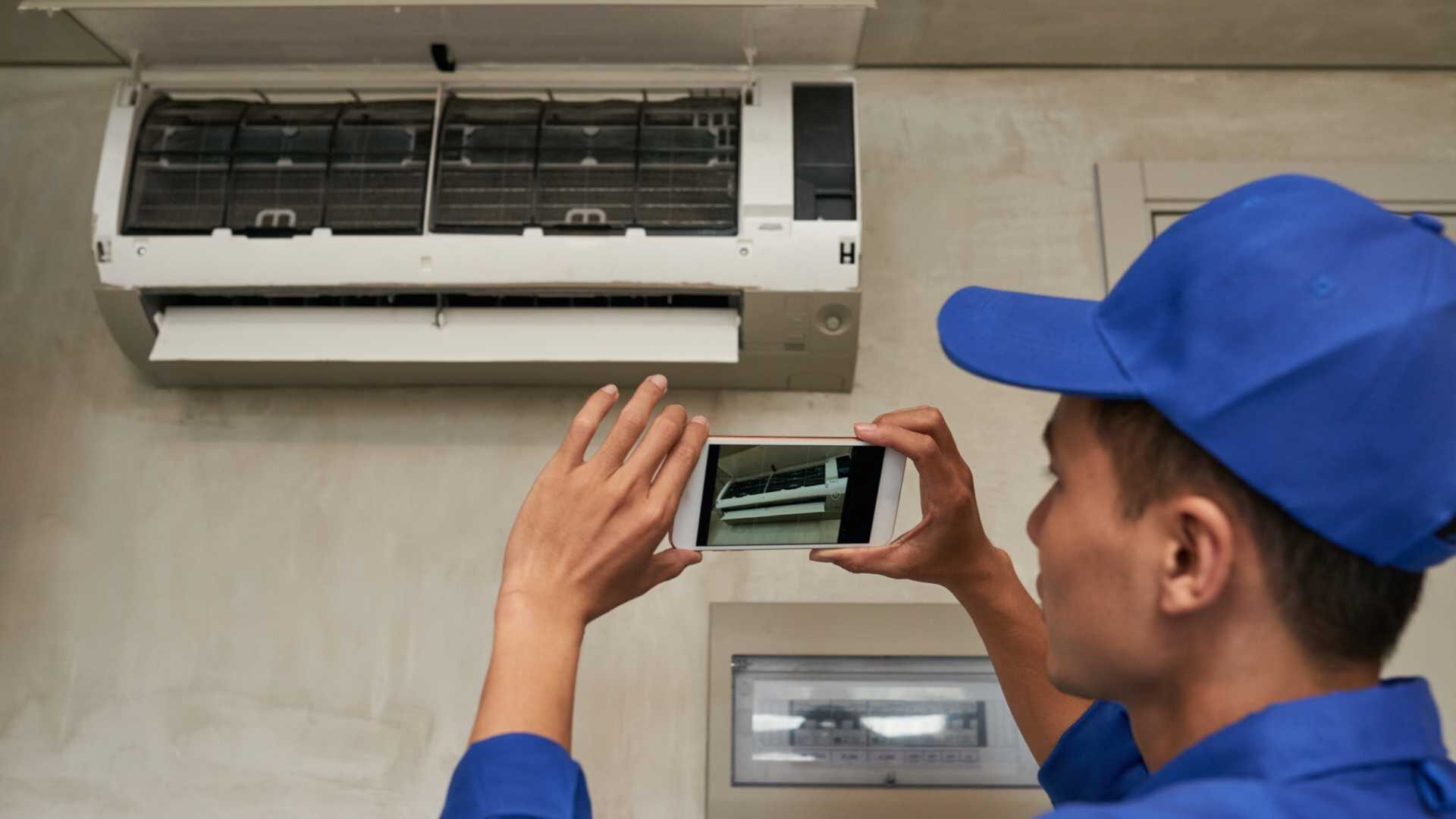Capabilities Versus Skills
In recent predictions for the future of learning from The Deloitte Center for the Edge, “the rise of capabilities over skills” topped the list. Skills are discrete, taught in traditional ways and measured easily through tests. Capabilities are collections of skills that more aptly address business needs, are taught through blended modalities and are measured by learners’ ability to perform their job in ways that meaningfully affect business outcomes.
This trend in capabilities over skills is causing a sharp increase in the use of practical learning options that provide deep learning in a specific career field. To make an on-the-job training program excel, it’s important to add capabilities into the training mix. Convergent technologies and blended learning are the drivers.
Convergence Is the Way
For technical and hands-on training, a convergence of technologies, including augmented reality (AR) as the delivery modality with experience application programming interface (xAPI) for reporting, allows for the tracking, learning and mastery of the complex process required for a job in a safe virtual environment.
For example, one successful technology services company has deployed “digital twins,” giving technicians the ability to work on complex point of sale equipment using AR in their home, while comparing their actions against standard operating procedure (SOP) and reporting them to a learning record store (LRS). When the technician is dispatched, his or her time to repair on the job helps determine the effectiveness of the training.
To validate capabilities when on site to repair a metropolitan network board, for example, a technician can use computer vision and AR to scan equipment with a mobile device to validate a fault or identify and flag errors. Then, the technician and his or her team leader receive immediate feedback.
Blended Learning Is the “How”
A blended approach to learning enables this pivot by taking a holistic view of the learner instead of parsing out discrete pieces of content on a skill-by-skill basis. The overall learner experience, including the desire to go mobile and to learn in the flow of work, benefits from blended approaches because of their ability to be customized. Online learning can introduce theoretical concepts and visualize workplace scenarios, while classroom training allows for group interactions. Convergent technologies enable employees to safely practice capabilities, but it is shoulder-to-shoulder on-site training that puts it all together.
We are working in an era that has been reliant on an essential deskless workforce, including frontline employees who require new, crucial tools and skills to address today’s evolving workplace. Digital and experiential options for shoulder-to-shoulder learning experiences provide immediate and immersive access to information for greater efficiency, increased safety and improved knowledge transfer. Furthermore, research by the U.S. Department of Education concluded that blended learning is far more effective than being in a classroom all the time.
What Happens Next?
Engagement, accountability and adaptability are the behaviors that companies want their employees to exhibit. They translate into new kinds of productivity in which day-to-day activity drives success at the strategic level of the business. When learning departments translate that strategic vision into a culture of learning, employees feel empowered. They engage in their learning and their work, which are one and the same. They are confident in their alignment with the business and, therefore, willing to take on accountability. And, they trust their peers, mentors and leaders to be their support network when the next change comes and it’s time to adapt once again.
A culture of learning is one that recognizes all of the experiences that make up a workday as teachable moments. In this culture, employees are always learners, not just when they are enrolled in a course or program. Leaders are fearless in their ability to face challenges and recognize the value in those struggles. In his book “Shipping Creativity,” Seth Godin writes, “True learning (as opposed to education) is a voluntary experience that requires tension and discomfort (the persistent feeling of incompetence as we get better at a skill).” The culmination of these skill-building experiences is the development of capabilities.
Blended learning is traditional education plus on-the-job opportunities, mentoring relationships and an overall state of mind — a practice. Godin continues, “The practice, then, is to not only cause temporary discomfort for those you lead, serve, and teach, but to embrace your own discomfort into territories unknown.” If it is true for the business itself that entering an era of unknowns requires a level of comfort with discomfort, then it’s true for the its leaders at all levels and for every person the company hires.




